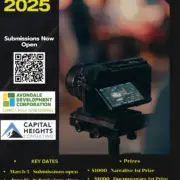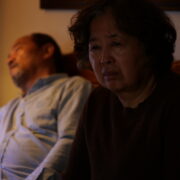Sundance Film Festival 2019: Impressions & Virtual Reality
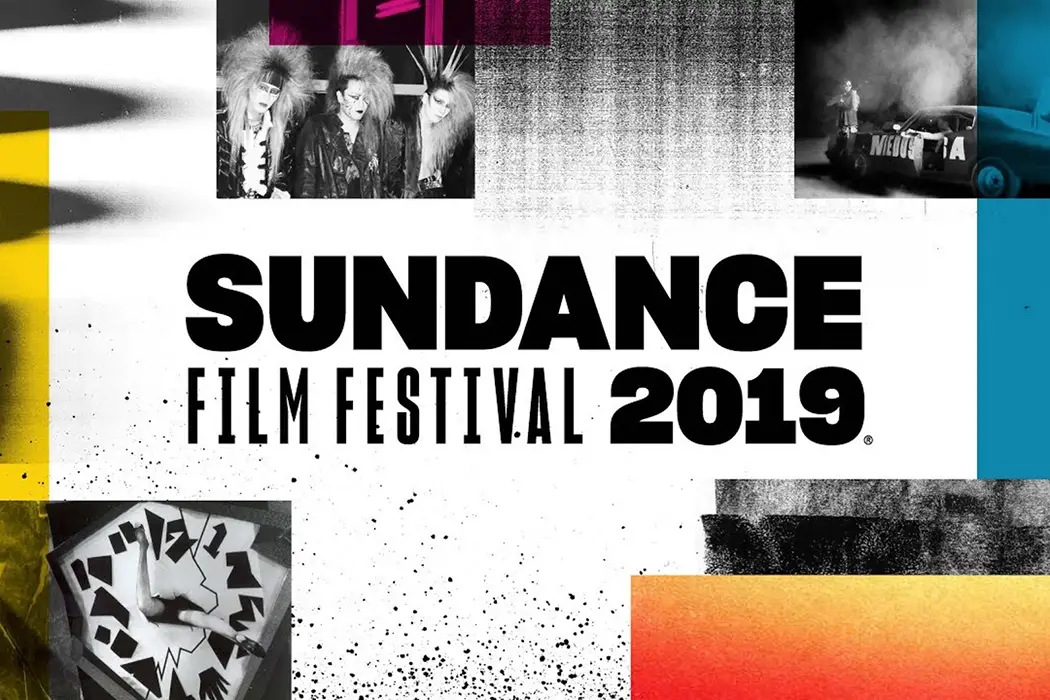
Kristy Strouse is the Owner/Editor in Chief of Film Inquiry,…
For as long as I could remember, I’ve wanted to attend the Sundance Film Festival. I wanted to experience this event for myself, and now that I have – I can safely say that if you’re a film fanatic like me, you need to do it.
You truly get taken in by the vibe of Sundance. This cozy mountainside town becomes enveloped in the culture of film, and everywhere you look there are signs and flags representing spots that have been transformed to cater the event. Almost every person that walks by is wearing some badge of Sundance honor, and no matter where you walk, you’re probably on camera.
There’s so much to photograph, with the tempting terrain of snow-covered hills, or the contagious smiles of the tourists as they discover each new spot. By trip’s end I had nearly maxed out the space on my phone.

You also carve out a little corner for yourself (even though you’re hardly ever alone). I was so wrapped up in the festivities, the gleam in my eyes nearly blinding, that I was unaware of current events as they unfolded. With the news as it is, so irrevocably intrusive, the fact that I managed to avoid it could only mean one thing: Sundance was special.
As I consider the experience now, I feel as though I floated along, feet barely grazing the slushy hustle, chaos and majesty, of those iconic streets. As the plane ascended from Utah, a nagging, prickling sensation had begun. Did I forget something? I’m quick to realize that my mind is still in a theater, my body on a shuttle somewhere anticipating my next stop, and my heart is waiting at the center of Main Street, open to the infinite possibilities. Who would I meet? Where would I find myself?
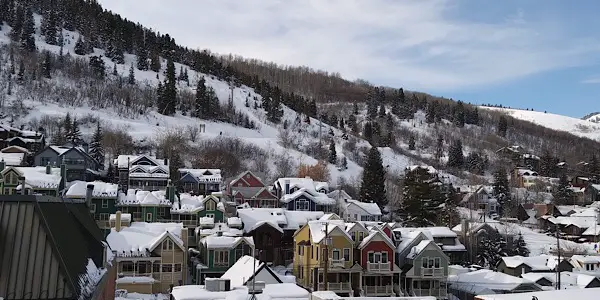
I fell in love. Exhaustion or euphoria, I had such an amazing time that I still can’t believe it happened. In my coverage I’ll talk movies, share interviews, panels and more, while still caught up in the elation of my Sundance experience. Even so, I won’t be able to fully do it justice.
Let’s begin.
VR Delights
One of the first things I was able to do in Park City was get a preview of Wild Immersion, which is the first virtual reserve, sponsored by Jane Goodall. For any animal fan and wildlife enthusiast, this is worth checking out! There are some gorgeous and breathtaking shots that put you in the perspective of these wild animals. It is a complete 360 experience too, so you can look everywhere and gain some insight into these creatures in their natural habitats. Best part? No zoo, no containment, just the wild in all its natural glory!
For more information check out their website.
While attending the festival (in every spare moment I had) I sought out some of the New Frontier programming. The New Frontier part of Sundance 2019 had an assortment of artistic experiences, and in my limited time I was only able to endeavor four. Each were different and unique in their identities.
My first? Embody.
Embody (Melissa Painter, Thomas Wester, Siân Slawson)
With the unfortunate pressure of jet lag still lingering and a heavy schedule yet to unfold, it was nice to touch base with my body in this 10-minute experience. As you step onto the mat (shoes off!) you are transported to a harmonizing breath of fresh air. This VR exhibition is very simple, no big or flashy pieces, but there is a lot of tranquil and pointedly planned imagery that does inspire peace and balance.
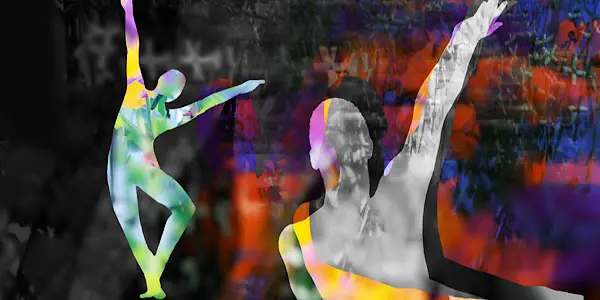
I was able to speak with Melissa Painter and Thomas Wester, two of the lead artists of Embody, about the project and its intricate creation:
What was the inspiration for this?
Melissa Painter: For me, the core inspiration was how can we make an experience that can remind people that their own bodies are also a creative tool? And how could we get as much as the technology off their bodies, so that people were really focusing on their physical self in addition to a real-time immersive experience versus thinking of themselves as a game controller.
That’s great! So, when someone experiences this that is what you are hoping they’ll walk out feeling?
Melissa Painter: I’m hoping they walk out being reminded that their body can change and that their body is a creative tool. Hopefully, also, feeling a bit more relaxed. I think it is an interesting thing when technology can actually change how we feel physically in our body, and I’m really interested in that as an opportunity.
It is very relaxing! As far as the images and the choices you make on what to use, do both of you make those decisions?
Melissa Painter: It’s completely collaborative.
Thomas Wester: So, the relationship that we have as lead artists is that I’m coming from an art technology perspective and she’s coming from an art design perspective. And the evolution of deciding what we are going to make is kind of a discovery. Starting with: what are the actual movements that we’re encouraging? We are thinking what the different poses are and the different flows we’re going to go through. And then we’re thinking, what is an interesting environment to put around that? So, a lot of it is nature and it’s related to nature and it’s related to the poses and how the poses ground you. So, we’re using a visual language that makes sense with the movements that you’re doing.
How long did the process take to make this?
Thomas Wester: We started in August, and it’s a 3-4 month process. The way we go about the project is in August/September we had a discovery phase to understand this because we are leading into a technology platform that doesn’t exist. Nobody has built this and said “use it.” It’s something that we had to discover while under constraints of what it can do, which is basically off body tracking. So, we had to figure out our play space, basically what we can do and what we can’t do because the fidelity of the tracking. You’re not putting on a suit and you’re not holding a controller, so it’s not as precise. From there we end from two to three-week iterations of building out.
Melissa Painter: Yes, and to add to your previous question – because as a team we are usually trying to do stuff that is really pushing the boundaries with mixed design but also technological capability, we try to have all the layers of creativity. I would say – being shared. Everyone brings what I would call traditional artistic creative ideas to the process. Thomas wrote the ending, and nobody knew Thomas would write the ending, and he did it like a week before it was finished. But, at the same time, we’d all have a domain – an expertise area, so we try to feed off that but form it in a way that I would say is the most radically collaborative process I’ve ever been in and I used to be a traditional director. Which, when you’re doing it well, it’s in theory collaborative, but not to this level.

Thomas Wester: Because the forms and processes haven’t been established, so you’re not thinking of it that way. Which is interesting, because when you have a form like film, stories, or even gaming, you can say “well this is going to be this form of a game.” “This is the type we’re going to make,” and then you can just bump up against that. Like that’s how you move forward, but with what we are doing, because there isn’t really a form and we don’t have an understanding yet of the format, there isn’t anything to bump up against. We’re kind of working within a void, and I like that. I think that’s a very creative process. It’s also very…
Melissa Painter: Challenging [Laughs]
Thomas Wester: Yes, challenging and frightening. [Laughing] But those are the best.
We want to thank Melissa and Thomas for taking the time to speak with us!
Emergence (Matt Pyke)
With Emergence, you are given a joystick to control a small yellow person among a large crowd. As you maneuver your character there are thousands of others running around you, encouraging your movements. There are also lights placed in select areas, and contact with each one shifts the landscape.
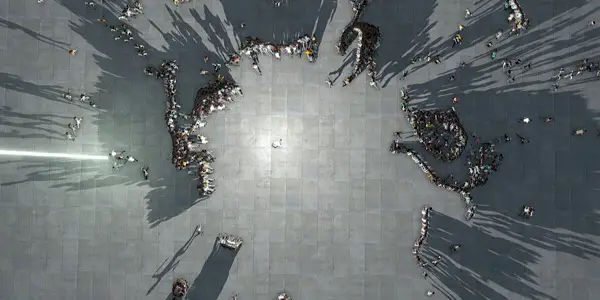
At times Emergence was disorienting, but not in a negative way. Instead, it initiated the push and pull of the situation, much like it would have if it had been real. How do we interact with a large group: are we individuals or part of one large pool of bodies? A pin drops in water and there is a ripple, the same happens here, and it’s an intense one. The description through the festival states that it is a “feeling of maintaining your individual identity whilst being part of a crowd.”
Indeed.
Gloomy Eyes, Part 1 (Jorge Tereso, Fernando Maldonado)

Gloomy Eyes is like watching a short film, but it’s one that is brought right to your eyes. There’s a narration that’s perfectly executed, with just the apt amount of melancholy. In a lot of ways this tale reminded me (in both look and feel) of Tim Burton, specifically A Nightmare Before Christmas. However, Gloomy prompts enough inventiveness to stand alone. This particular medium is a perfect route for Gloomy’s story. I wish I could have seen part 2!
The Seven Ages of Man (Robert Gilbert, Jessica Curry)
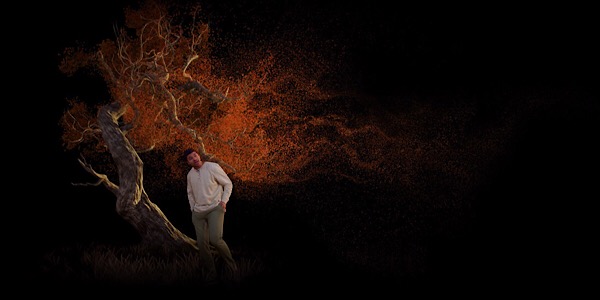
This five-minute slice of Shakespeare is just that: Shakespeare. The Seven ages of man speech from Shakespeare’s As You Like it left something to be desired. It’s not that the coalition of VR and the Royal Shakespeare Company isn’t an interesting duo, because given some more flair it could be, but this time it wasn’t enough to fully capture my spirit.
For more information on these projects and more check out Sundance’s 2019 New Frontier section.
Stay tuned and keep reading for more coverage!
Does content like this matter to you?
Become a Member and support film journalism. Unlock access to all of Film Inquiry`s great articles. Join a community of like-minded readers who are passionate about cinema - get access to our private members Network, give back to independent filmmakers, and more.
Kristy Strouse is the Owner/Editor in Chief of Film Inquiry, writer, podcaster, and all around film and TV fanatic. She's also VP of Genomic Operations at Katch Data and is a member of The Online Association of Female Film Critics and The Hollywood Creative Alliance. She also has a horror website: Wonderfully Weird & Horrifying.


